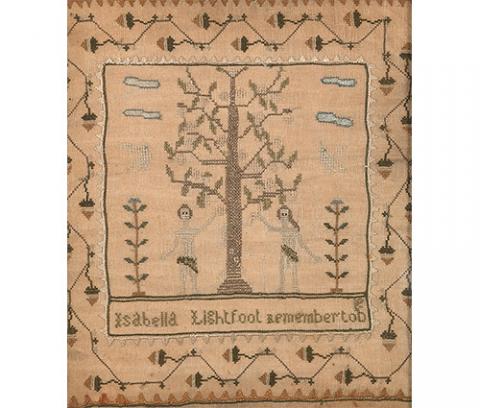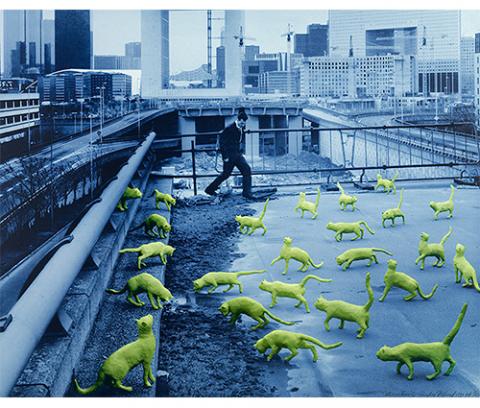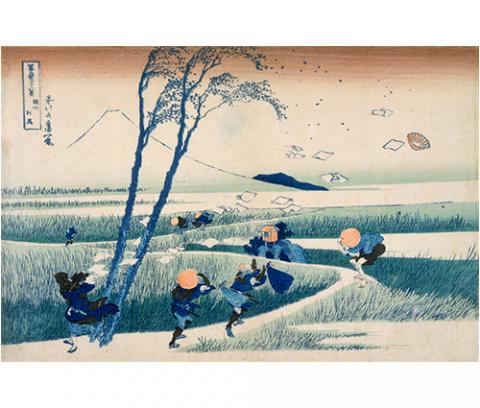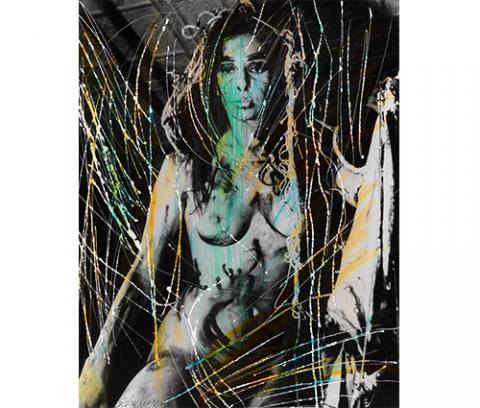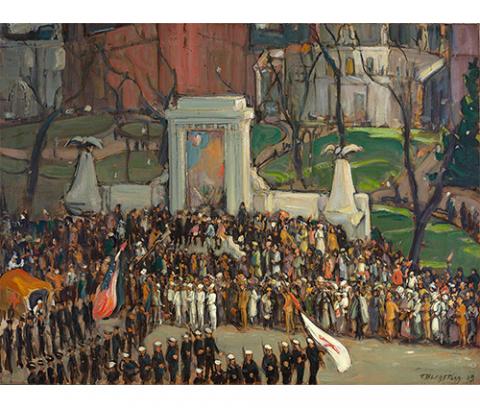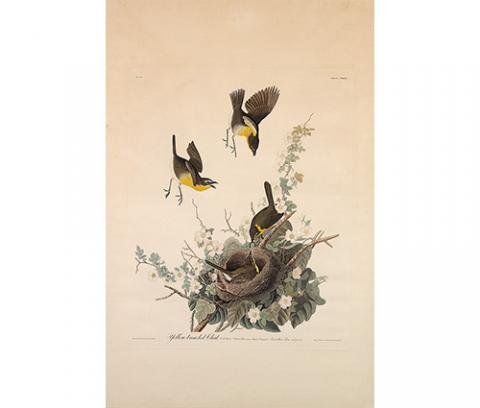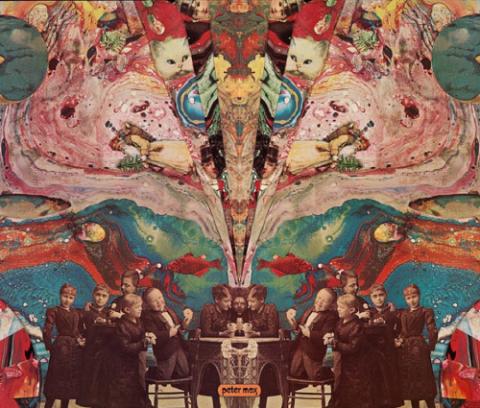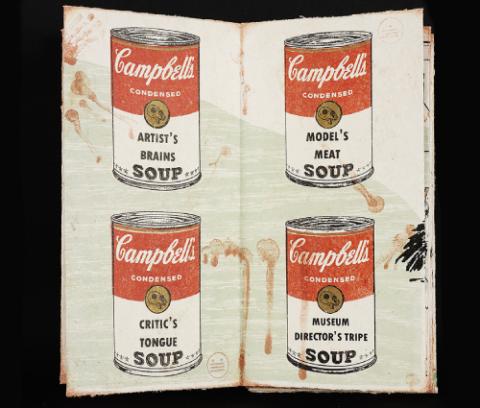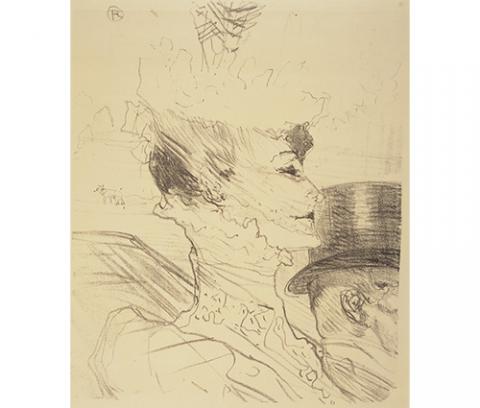SCMAinsider
SCMAinsider offers dynamic perspectives on the diverse collections and visions that shape the
Smith College Museum of Art.
We welcome contributions from all members of our community and seek to cultivate a range of
voices and experiences. If you want to contribute to the blog, please contact us at scmacuratorial@smith.edu.
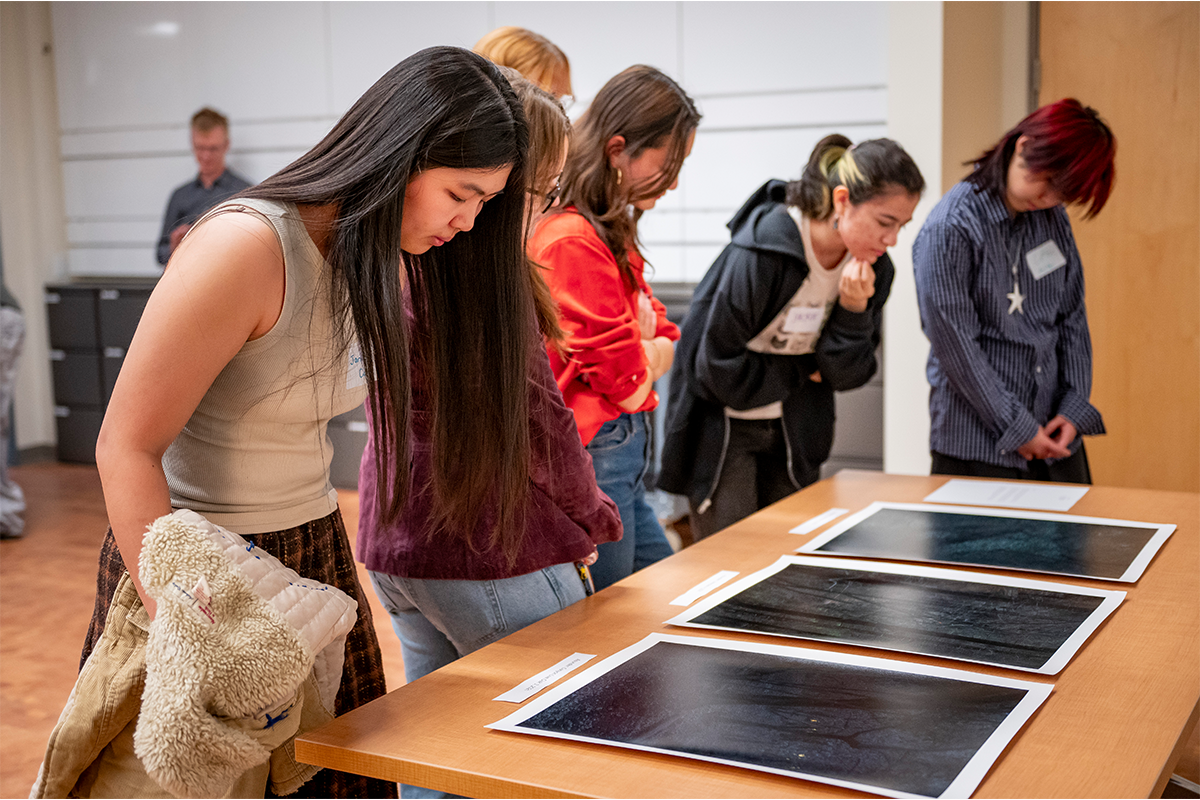
Leaving a Legacy Through the Moody Purchase Program
Kaia Austin ‘26 is an Art History Major with a Museums Concentration. They have worked as an Academic Programs Assistant at the SCMA since 2022.
"When this you see remember me": Embroidered Samplers at SCMA
Girls worked on their first samplers when they were as young as six or seven. These first samplers were called marking samplers, and they often featured the alphabet and numbers along with demonstrations of basic embroidery techniques. If girls attended secondary school, they might also make another more decorative embroidery, called a pictorial sampler.
Art I Touched Today
Check out Nicole Bearden AC '19's Instagram, Art I Touched Today!
Vanguards of Ukiyo-e: The Women of Modern Japanese Printmaking
These women, who have embraced the art of ukiyo-e in the 20th and 21st centuries, differ widely in style from both the works of the famed forefathers of Japanese printmaking and one another. However, the influence of those who came before left a definite imprint, while the global exchange and rights gained for women after World War II allowed for development of the individual styles developed by these contemporary print makers.
STUDENT PICKS | no gender i'm feral
Sofia Canale-Parola '21 on their show, "no gender i'm feral," the SCMA Student Picks show for the month of November.
Theresa Bernstein at the SCMA: Armistice Day Parade
In 1918, the war ended on the eleventh day of the eleventh month at 11 am, when the armistice between Germany and the Allied forces went into effect. One year later, Bernstein watched the Armistice Day parade as it made its way down Fifth Avenue in New York City.
Announcing the 2018-2019 Student Picks Winners!
Announcing the seven lucky students who will get the chance to curate their own pop-art show this year through the Student Picks program!
STUDENT PICKS | The Dichotomy of Nature: How Artists Portray the Environment
The famous naturalist, John Muir is credited with saying: “In every walk with nature one receives far more than he seeks.” This show explores two dramatically different depictions of nature with the hopes that you, the viewer will find more walking through this show than you were seeking.
The 2018-2019 Student Picks Lottery Is Now Open!
Enter by September 21st for a chance to curate your own pop-up art show in the Cunningham Center for Prints, Drawings and Photographs. Student Picks exhibitions take place on the last Thursday of every month from 4-8pm as part of SCMA's Thursday evening student programming.
Hijacked Art, Continued.
Anyone can parody a work; these artists truly transform their inspirations, often turning them into activist symbols.
Your Move: Kay Sage's Surrealist Assemblages
In the late 1930s and early 1940s Kay Sage developed a personal Surrealist style based on mysterious architectural forms in somber-colored settings. Although the forms are painted realistically, they convey an impression or feeling rather than actual objects.
Toulouse-Lautrec and Parisian Nightlife
Born to a wealthy, artistically inclined family in 1864, Toulouse-Lautrec is known for his vibrant, theatrical depictions of turn of the century Parisian life and the characters that made it so vivid. Many of these characters were the singers and dancers of nightclubs such as the Moulin Rouge.
TALK BACK | Dania González and Ana Mendieta
I have always wanted my body to feel at home with itself, but it never quite has. Were there other people who felt the same way? If not, where was that place for them? The question is nostalgic, causing the viewer to simultaneously recall home and acknowledge that they are not there. I wanted people to feel at once present and displaced.
